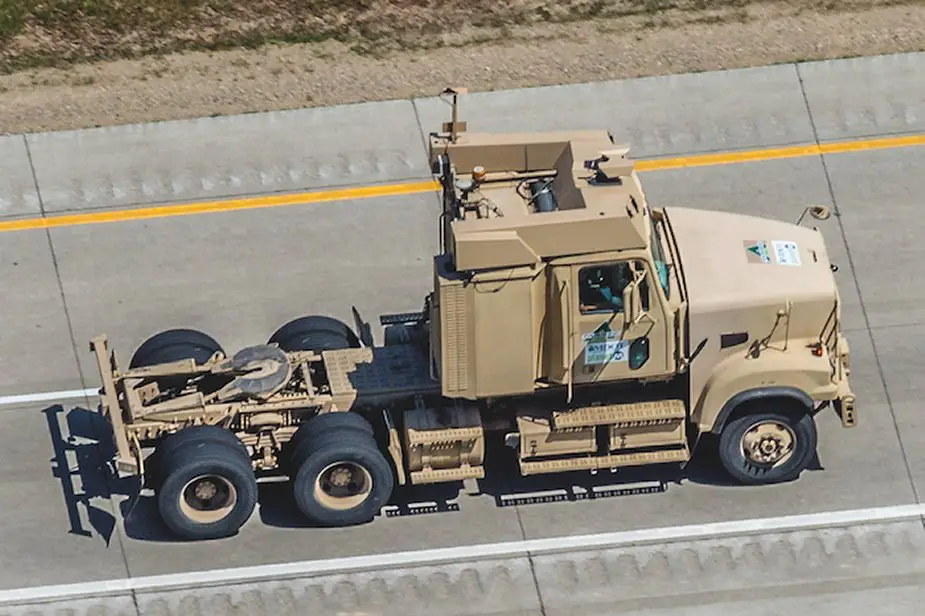American truck industry benefiting from US Army TARDEC research
As director of the Tank Automotive Research Development and Engineering Center (TARDEC), Paul Rogers oversees more than 1,700 engineers, scientists and researchers developing autonomous truck and other advanced technology at the U.S. Army’s R&D center in Warren, Michigan. Rogers’ team looks for developments at truck makers and suppliers in robotics, safety systems and alternative fuels to learn what might work to modernize U.S. military transport, support equipment and mobile weapons, as Alan Adler explains on Trucks.com following his interview with Paul Rogers. That includes autonomous vehicles, cybersecurity protection and electric systems that replace machines. His annual budget exceeds $600 million, which he stretches through collaboration.

TARDEC and the U.S. truck industry cooperate in a fruitful synergy (Picture source: Traffic Technology Today)
Paul Rogers explains that “If we can reduce the number of soldiers moving resupplies, then we can do more with the same number of soldiers. We want to have the same number of soldiers based on our combat demands. It’s also going to help the Army understand what the future looks like and how to best use these vehicles. Soldiers can develop new tactics, new techniques and new doctrine that will help the Army be more effective.”
What can of motorization might or should be considered? “Electrification makes a great deal of sense across our entire ground vehicle fleet”, Pau Rogers states. “And it makes a significant benefit to ground combat systems. But because of their (lack of) energy density, batteries don’t make a lot of sense. Our vehicles are very large. That’s why we’re interested in fuel cells and fuel cell powertrains. But there are a lot of second-order benefits of electrification, especially if we go to high voltage. The power mobility technologies are becoming very affordable.” Beside electricity, “JP8 is important to us, Paul Rogers continues, “because it allows our military to operate on a single fuel in our aircraft, jets, helicopters and our ground vehicles. When we’re resupplying a military on a different continent, moving just one fuel is pretty important from a logistical efficiency perspective. Where fuel cells are of value, we can extract hydrogen out of JP8 and use it in a fuel cell.”
Among the priorities considered by the TARDEC, “No. 1 is the emerging capabilities. We’re always interested in fuel economy and fuel efficiency. We’re looking at lightweight technologies and the opportunities that exist there. We’re very interested in some of the over-the-road truck initiatives that they are sharing with us. […] There’s a lot going on within the trucking community with drive by wire, advancements in fuel economy and safety that could have a significant impact on the Army. If you look at an over-the-road truck today and you compare it with our over-the-road truck, they are from different generations.”
What financial means are made available to TARDEC for its research work? “Our budget has doubled in the last four years. It’s over $600 million a year. A lot of that is going into robotics. It’s going into our future powertrains. It’s going into our future protection technologies and a host of other things.”

























